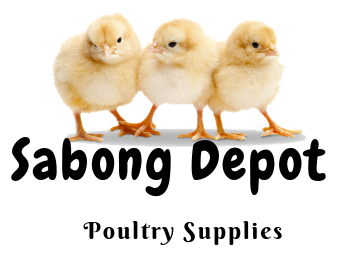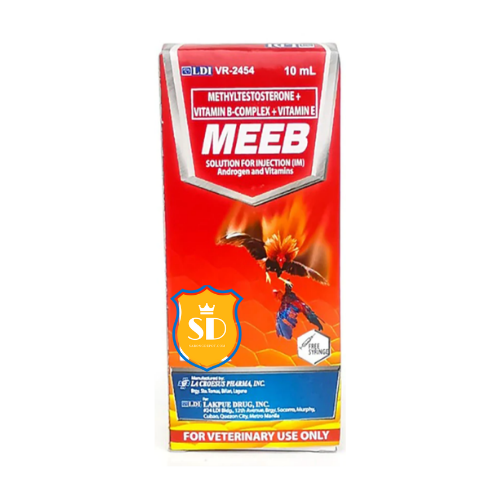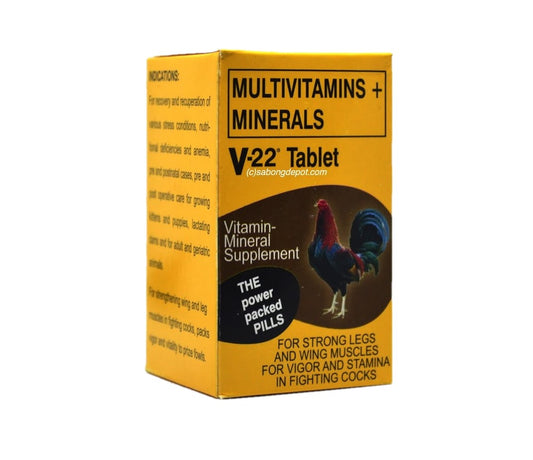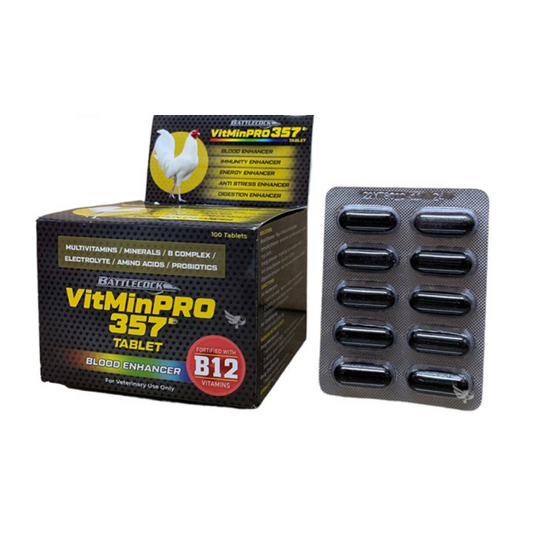As a gamefowl enthusiast, selecting the ideal body conformation for your gamefowl can be a daunting task. While many breeders and fanciers often obsess over the physical characteristics of their birds, it is important to remember that the most important factor in selecting your gamefowl should always be their fighting ability. In this comprehensive guide, we will explore the various factors that make up the ideal gamefowl body conformation and how to choose the right fowl for your breeding and fighting needs.

Understanding Gamefowl Body Conformation
Gamefowl body conformation refers to the physical characteristics of a gamefowl that make up its appearance, structure, and function. These characteristics include height, weight, station, shank length, bone strength, tail angle, leg placement, breast shape, wing size, and head shape. While there are breed standards for each variety of gamefowl, it is important to remember that the ideal body conformation is not just about physical appearance, but also about the bird's overall fighting ability.
The Ideal Gamefowl Body Conformation
The ideal gamefowl body conformation can vary depending on the type of fighting style you prefer. However, there are certain physical characteristics that are generally considered desirable in all types of gamefowl.
Height: The ideal gamefowl should have a tall station, which means that it should be long from the ground to the top of its head.
Shank length: The shank should be long, but not too thin or too thick, with strong bone density.
Tail angle: The tail should be balanced at a 45-degree angle, which means that it should be in line with the bird's back.
Leg placement: The legs should be straight and set forward, allowing the bird to move quickly and powerfully.
Breast shape: The ideal gamefowl should have a heart-shaped breastbone, which means that it should be wide at the top and narrow at the bottom.
Wing size: The wings should be large and strong, allowing the bird to fly and evade its opponents.
Head shape: The head should be small and almond-shaped, with a medium neck and held upright.
Different Fighting Styles and Ideal Body Conformation
As previously mentioned, the ideal gamefowl body conformation can vary depending on the type of fighting style you prefer. Here are some physical characteristics that are generally considered desirable for different types of fighting styles:
High-flyer: A high-flying gamefowl should have a bent knee and not have an upright stance.
Shifty, intelligent fighter: A shifty fighter should have a tail lower than 45 degrees and show oriental characteristics of Asil, Jap, or Sumatra.
Ground-fighter: A ground-fighting gamefowl should have a medium-short station with close-set knees.
Leg-throwing speed burner: A leg-throwing speed burner should have an upright tail.
Pounding fighter: A pounding fighter, more suited to gaff and Mexican knife, should have straight legs and an upright stance.
Selecting Your Gamefowl Based on Fighting Ability
When selecting your gamefowl, it is important to remember that fighting ability should always be the top priority. Don't get too caught up in physical characteristics or breed standards, as these can often be misleading. Instead, choose birds that have a proven track record of winning fights, and that exhibit the physical characteristics that are ideal for your preferred fighting style.
Conclusion
Breeding and raising gamefowl can be a rewarding and engaging hobby, but it takes knowledge and experience to do it well. One of the most important aspects of breeding gamefowl is selecting the right body conformation for your birds. A well-conformed gamefowl will not only be aesthetically pleasing, but it will also be a better fighter.





